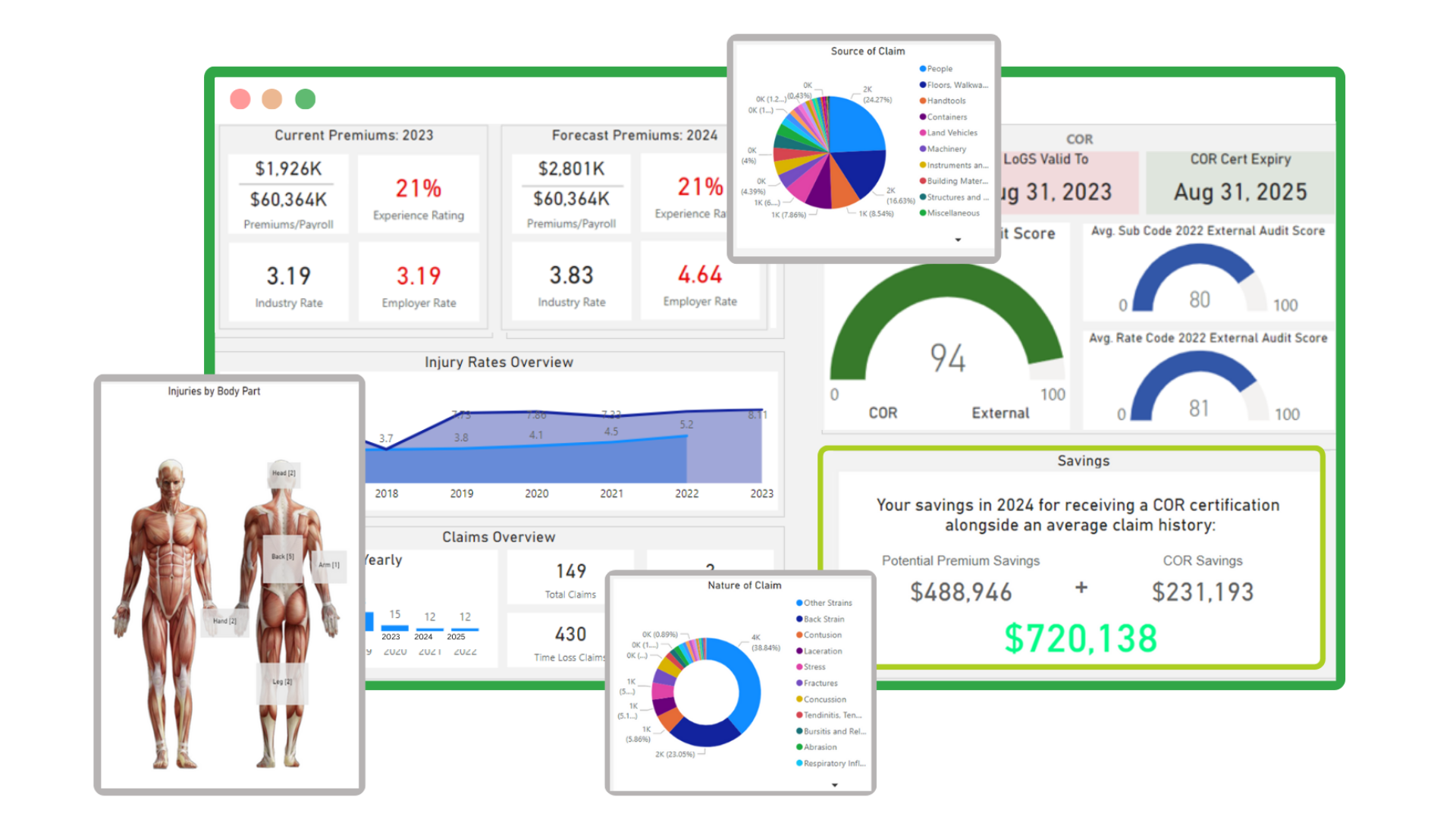You Are What You Eat: The Effects of Poor Nutrition & Worker Safety
Author: Tony Mudd, CSP Published: 5/01/2022 Time: 3 Minutes
After working in world-class manufacturing and distribution facilities I can tell you that worker nutrition is something that is often overlooked and unfortunately, as a result, worker performance suffers. Think about it: Imagine a high-profile athlete eating a diet filled with sugary and salty snacks, only drinking soda, coffee, and energy shots. How would they perform? What do you think would happen? If you said anything close to crashing, poor performance, increased tiredness, or inability to execute - you would be correct.
According to Healthy Performance, research has shown that inadequate nourishment can reduce employees’ efficiency by 20% and that poor nutrition is directly linked to absenteeism, sickness, low morale, and higher rates of workplace accidents.
In today’s fast passed society, nutrition is as important as ever. Salty, fatty, or sugary snacks from the office vending machine may give us a quick boost, but in the long run, they are only slowing us down. Sugary foods such as chocolate bars and snack cakes offer forms of energy that hit the bloodstream straight away making us feel recharged. This causes the body to react and produce insulin which helps to digest sugar properly and prevent the blood glucose from going too high at once. However, as this fails and the glucose levels plummet again, the body is forced to generate too much adrenaline which can then lead to nervousness, irritability, and depression.
In the workplace, the short-term dehydrating effects of caffeine, salt-laden foods, and fatty foods are strongly linked to a decrease in mental performance and an increase in headaches. Over time, employees indulging in too many processed foods are at risk of developing a range of serious health issues such as high blood pressure and diabetes.
In addition, Healthy Performance conducted a research study and determined “In 2011, 59% of adults surveyed cited “hard to get at work” as the most popular reason for not eating fruit and vegetables; 62% of those surveyed said they skipped lunch or ate at their desk at least once a week, and 20% said they never take a lunch break at all”.
According to the International Labor Organization, “Poor diet on the job is costing countries around the world up to 20 percent in lost productivity. Poor meal programs and poor nutrition impact so many workplace issues including morale, safety, productivity, and the long-term health of the workers. Actually, there are few workers who are happy with their meal arrangements", says Christopher Wanjek, the author of the study, Food at Work: Workplace Solutions for Malnutrition, Obesity, and Chronic Diseases. The study also stated:
- In wealthier nations, obesity accounts for 2 to 7 percent of total health costs - In the United States the annual economic cost of obesity to businesses with respect to insurance, paid sick leave, and other payments totals $12.7 billion USD.
- In the United States, where over two-thirds of the population is overweight, direct medical costs accounted for approximately $51.6 billion USD and lost productivity approximately $3.9 billion USD. This was reflected as 39.2 million lost workdays, 239 million restricted-activity days, 89.5 million bed-days, and 62.6 million physician visits.
Too often, food at work is viewed as an afterthought or a hindrance by employers and is often a "missed opportunity" to increase productivity and morale. Canteens, if they exist, routinely offer an unhealthy and unvaried selection, while vending machines are also regularly stocked with unhealthy snacks and sodas. Oftentimes, workers don't have the time or place to eat wholesome healthy foods.
It is shocking to see how often nutrition gets overlooked when determining if a worker is performing at their peak or not. Many times, I have worked with employers to help them understand the value of assessing their nutritional environment as it pertains to worker safety and overall performance. This could be a fundamental part of employee wellness programs to prevent unnecessary diseases and illnesses. It is important to encourage team members to prepare their own food for work and regularly educate them on the basics of good nutrition.
Something that is important to remember is that safety starts in the gut. It's what our team members are eating that gives them the energy to be aware of their surroundings, recognize hazards, and be active safety leaders. Maybe even in the workplace, the old adage is true: you really are what you eat.
I hope you enjoyed this article.
Stay Safe & Stay Healthy!
#SensoriSafety #VisionTraining #CognitiveTesting #ForkliftOperator #CraneOperator #HumanError #HumanPerformance #workersafety
Noted Sources
Food at Work: Workplace Solutions for malnutrition, obesity, and chronic diseases, Christopher Wanjek, ISBN 92-2-11715-2, International Labour Office, Geneva, 2005. To read the executive summary, please visit: www.ilo.org/public/english/bureau/inf/download/foodatwork.pdf
Havergill, S. (2014, July 1). Nutrition at Work - How You Can Help Your Employees. Healthy Performance. Retrieved February 19, 2022, from https://www.healthyperformance.co.uk/nutrition-at-work-how-you-can-help-youremployees/#:%7E:text=Research%20has%20shown%20that%20inadequate,higher%20rates%20of%20workplace%20accidents.
Poor workplace nutrition hits workers’ health and productivity, says new ILO report. (2005, September 15). International Labour Organization (ILO). Retrieved February 19, 2022, from https://www.ilo.org/global/about-the-ilo/newsroom/news/WCMS_005175/lang--en/index.htm











